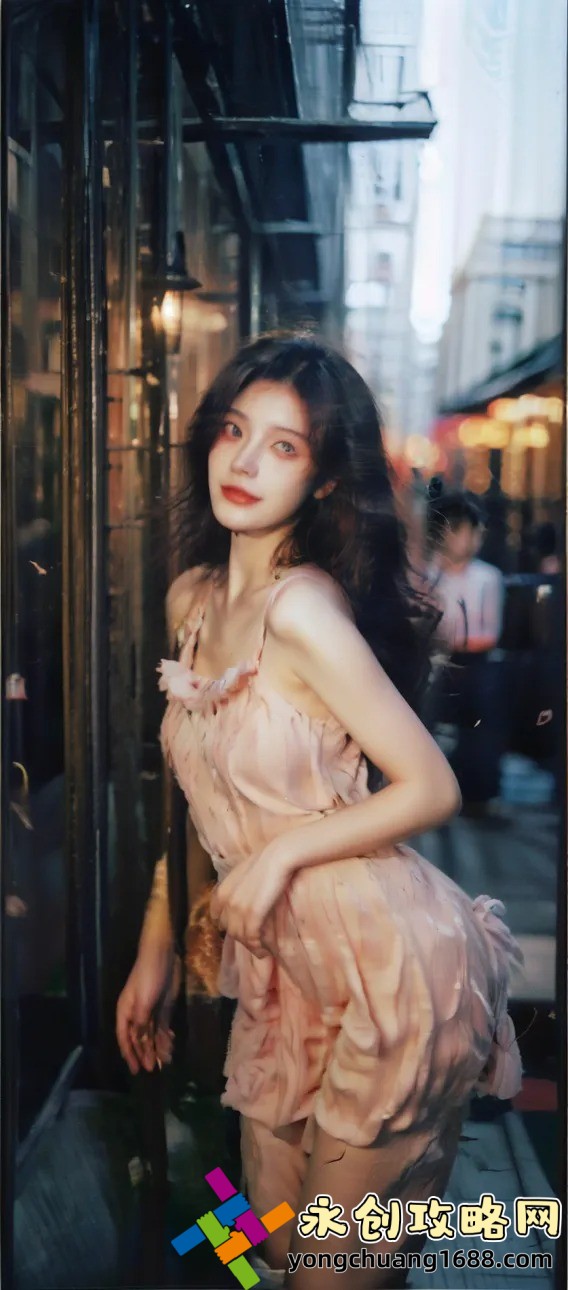In the shadows of history and forgotten corners of society lies the enigmatic tale of "ANOTHER GIRL IN THE WALL." This phrase evokes a sense of mystery and resilience, hinting at untold stories of individuals who have endured the unimaginable. This article delves into the layers of this seed phrase, exploring its potential meanings, historical contexts, and the profound impact it has on our understanding of human strength and survival. Through a blend of narrative analysis and thematic exploration, we uncover the hidden narratives that resonate with the phrase "ANOTHER GIRL IN THE WALL," offering a thought-provoking journey into the depths of human experience.

The phrase "ANOTHER GIRL IN THE WALL" immediately conjures images of confinement, secrecy, and survival. It suggests a story of a girl hidden away, perhaps against her will, yet enduring with an unyielding spirit. Such narratives are not uncommon in literature, history, and even modern-day accounts. From the tragic tales of women imprisoned in castles during medieval times to the harrowing stories of modern-day human trafficking victims, the theme of a girl in the wall resonates deeply. It speaks to the resilience of the human spirit in the face of adversity, the will to survive even in the most dire circumstances.
Historically, the concept of someone being hidden within a wall has been used as a metaphor for the unseen struggles many face. In Gothic literature, for example, characters are often trapped or hidden in walls, symbolizing the societal constraints placed upon them. The phrase "ANOTHER GIRL IN THE WALL" could be seen as a modern echo of these themes, reflecting the ongoing struggles of women and marginalized groups who are often metaphorically "walled in" by societal expectations, discrimination, and violence. This interpretation invites us to consider the broader implications of the phrase, urging us to look beyond the literal and explore the symbolic and social dimensions of such narratives.
In contemporary contexts, "ANOTHER GIRL IN THE WALL" could also be interpreted as a call to action. It highlights the importance of uncovering and addressing the hidden injustices that continue to plague our societies. Whether it is the plight of missing and exploited children, the struggles of women in oppressive regimes, or the challenges faced by individuals in abusive relationships, the phrase serves as a reminder of the need for vigilance, empathy, and advocacy. By shedding light on these hidden stories, we can work towards a more just and equitable world where no one has to endure the metaphorical walls of confinement and silence.
Exploring "ANOTHER GIRL IN THE WALL" also opens up avenues for artistic and creative expression. Writers, filmmakers, and artists have long been inspired by such themes, using them to create powerful works that challenge societal norms and provoke thought. From the haunting paintings of Frida Kahlo to the gripping novels of Margaret Atwood, the idea of a girl in the wall has been a source of inspiration for many. These creative interpretations not only bring the stories to life but also allow us to engage with them on a deeper emotional level, fostering a greater understanding of the human condition and the complexities of survival and resilience.
Ultimately, "ANOTHER GIRL IN THE WALL" is more than just a phrase; it is a reflection of the enduring strength and resilience of those who have faced unimaginable challenges. It is a reminder of the importance of listening to and amplifying the voices of the marginalized and the oppressed. By delving into the layers of meaning behind this phrase, we can gain a deeper appreciation for the struggles and triumphs of those who have been hidden away, yet continue to fight for their place in the world. This exploration not only enriches our understanding of history and society but also inspires us to take action and make a difference in the lives of others.










